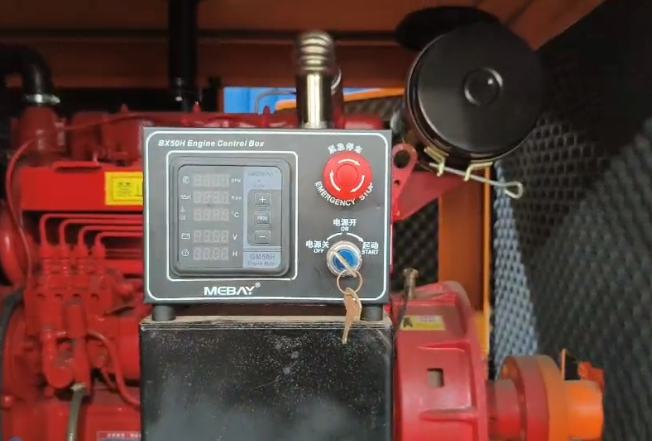Pump control algorithm and its optimization technology
Pump control algorithms and their optimization techniques are important means to ensure efficient and stable operation of pump systems. The following is an overview of pump control algorithms and their optimization techniques:
Pump control algorithms
Pump control algorithms mainly control the output (such as liquid flow, pressure or speed parameters) of the pump by adjusting the input (such as electricity or mechanical energy) of the pump. Commonly used pump control algorithms include:
1. PID control algorithm: This is a classic control method that accurately adjusts the input of the pump through three links: proportional (P), integral (I) and differential (D) to achieve stable control of the output parameters. The PID control algorithm has the advantages of simplicity, easy implementation and flexible adjustment, and has been widely used in pump control.
2. Fuzzy control algorithm: A control method based on fuzzy logic reasoning. By establishing fuzzy rules and fuzzy controllers, fuzzy regulation of pump input is achieved to control output. Fuzzy control algorithms perform well in dealing with nonlinear systems and are suitable for complex control scenarios such as pump flow and pressure.

Genetic algorithm: A computational method that simulates the biological evolution process. By continuously evolving and optimizing control parameters, the optimal parameter combination is found to achieve precise control of the pump. Genetic algorithms have the advantages of global search capability and adaptability, which can effectively improve the performance and efficiency of pumps.
3. Optimization technology
Intelligent control technology: Combine sensor technology, embedded systems, network communication and other technologies to achieve real-time monitoring and remote control of the pump system. The intelligent controller automatically adjusts the operating status of the pump to meet the needs of different working conditions and improves the flexibility and reliability of the system.
Multi-pump parallel control: In high static pressure or high head systems, the use of multiple pumps in parallel can significantly improve the flow and head capacity of the system. By optimizing the configuration and scheduling strategy of parallel pumps, the goals of energy saving and consumption reduction and improving system efficiency can be achieved.
Variable speed control: By adjusting the speed of the pump to control its flow and pressure output to adapt to changes in demand under different working conditions. Variable speed control can significantly improve the operating efficiency of the pump, reduce energy consumption and noise, and extend the service life of the pump.




